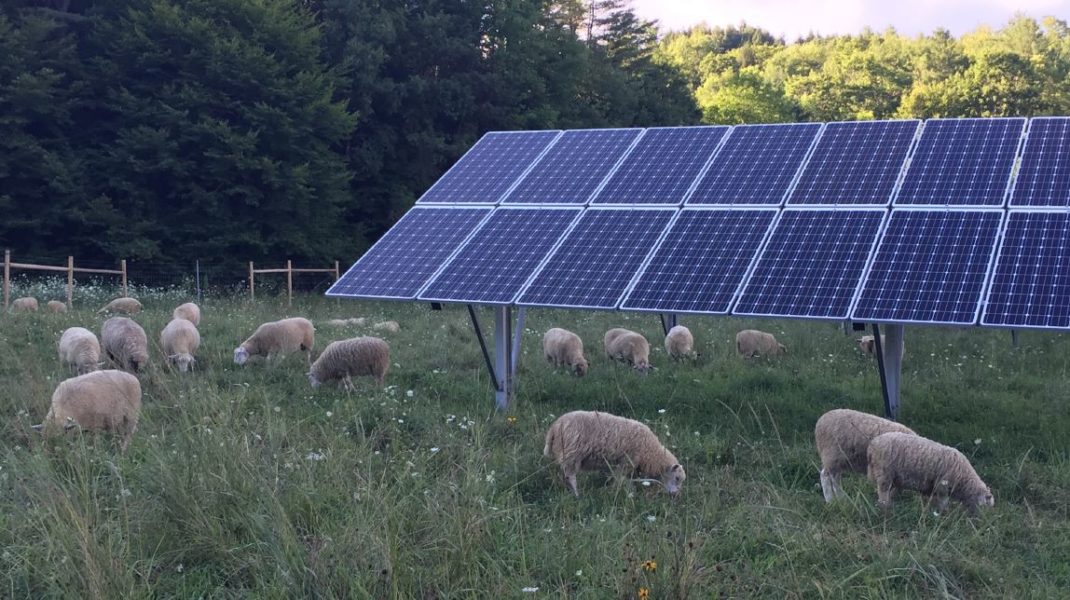Following publication of some of the details of the new solar PV support scheme for farmers, the Micro-Renewable Energy Federation (MREF) has called for changes to the proposed scheme before it is launched in January 2023.
In particular, MREF has called for kilowatts peak (kWp) restrictions to be revisited to ensure that energy intensive farmers can make the best use of the €90,000 ceiling proposed in the new Targeted Agricultural Modernisation Scheme (TAMS) scheme.
Chairman of the MREF, Pat Smith said that it makes no sense to limit the size of solar PV installations for pigs and poultry farmers when, for many of these farmers, the system sizes required to deal with their energy demands will be significantly higher than the proposed size restrictions.
“A €90,000 overall spend limit is a much more practical approach for this category of farmer so that they can get the best system kWp value from their vendor,” Smith stated.
Solar PV
The MREF has also said that potato farmers and other high energy-use farm sectors should also be included in the pigs and poultry category to ensure fairness.
“Some of the highest energy users are potato and vegetable producers who increasingly need to have fridges running for 12 months of the year,” Smith continued.
“To restrict them to 30kWp size limits would completely undermine the new scheme among these high energy-use farmers.”
In relation to the proposed 30kWp limit for dairy, tillage and drystock farmers, Smith said that the limit needs to be increased to at least 40kWp as it will better meet energy-use demands on larger farms and also better match ESB Networks grid connection requirements.
On battery storage, Smith said the proposed size limit of 50% of the solar installation size needs to be amended, claiming that it is far too restrictive and will lead to farmers not being supported to optimise self-consumption.
“E.g., under the new rules, a farmer with a single phase electricity supply is being restricted to a maximum of 4.5kWh of battery storage regardless of their energy use profile,” Smith said.
“At the same time the scheme is theoretically forbidding farmers from exporting solar PV surplus generation to the grid. This makes no sense.”
The MREF said that the scheme needs to encourage self-consumption and that the only practical way this can be encouraged is to ensure that farmers are supported to store surplus generation during the peak generation times for use in their businesses when the energy is required.
“At a minimum, the new scheme needs to support battery storage systems at a kWh equivalent to the solar PV kWp installed. If a farmer installs 20kWp of solar PV then they should be supported to install at least 20kwh of battery storage,” Smith added.
The MREF has acknowledged that it is hugely positive, especially for the drystock sector, that the home and farm use are going to be grant supported, and that the new scheme was going to have a dedicated wallet within the TAMS scheme.
“The changes to the TAMS scheme being proposed by MREF are reasonable and should be considered fully by the Department of Agriculture before the scheme is finalised,” Smith stated.
In light of the huge energy cost pressures impacting businesses going into 2023, THE MREF said that farmers should be given the ‘all clear’ to install their systems as soon as they make their application.
This will also avoid unnecessary market pressures building within the sector that will lead to upward price pressures and delays, according to the federation.
